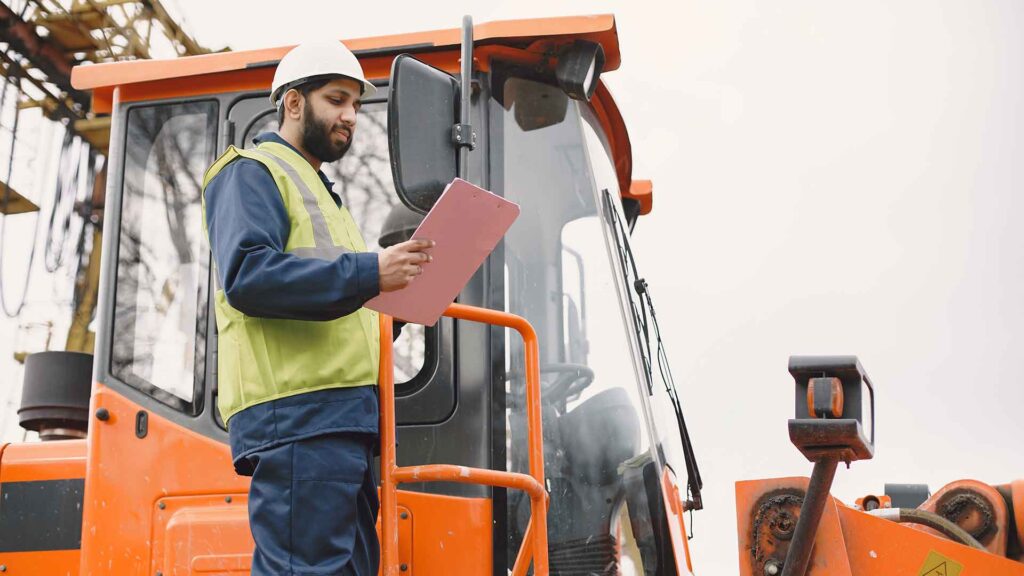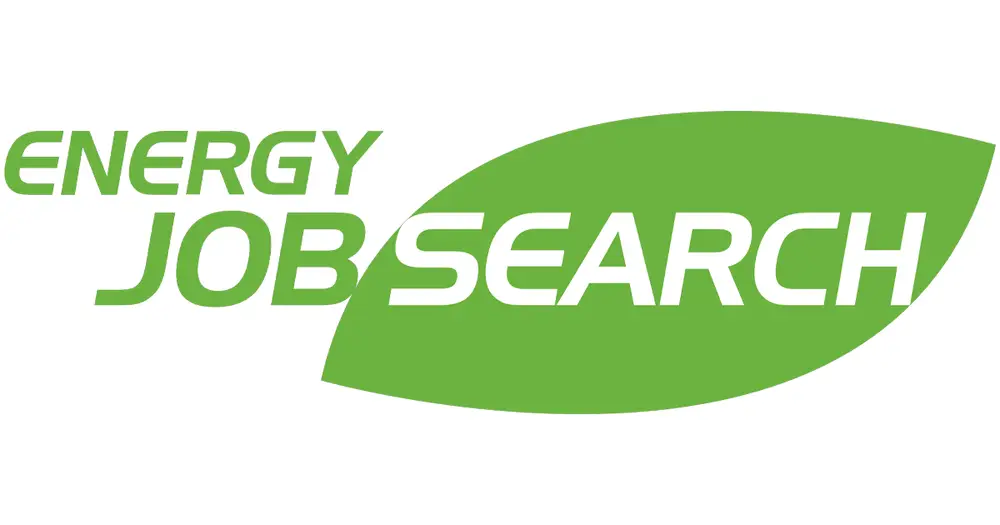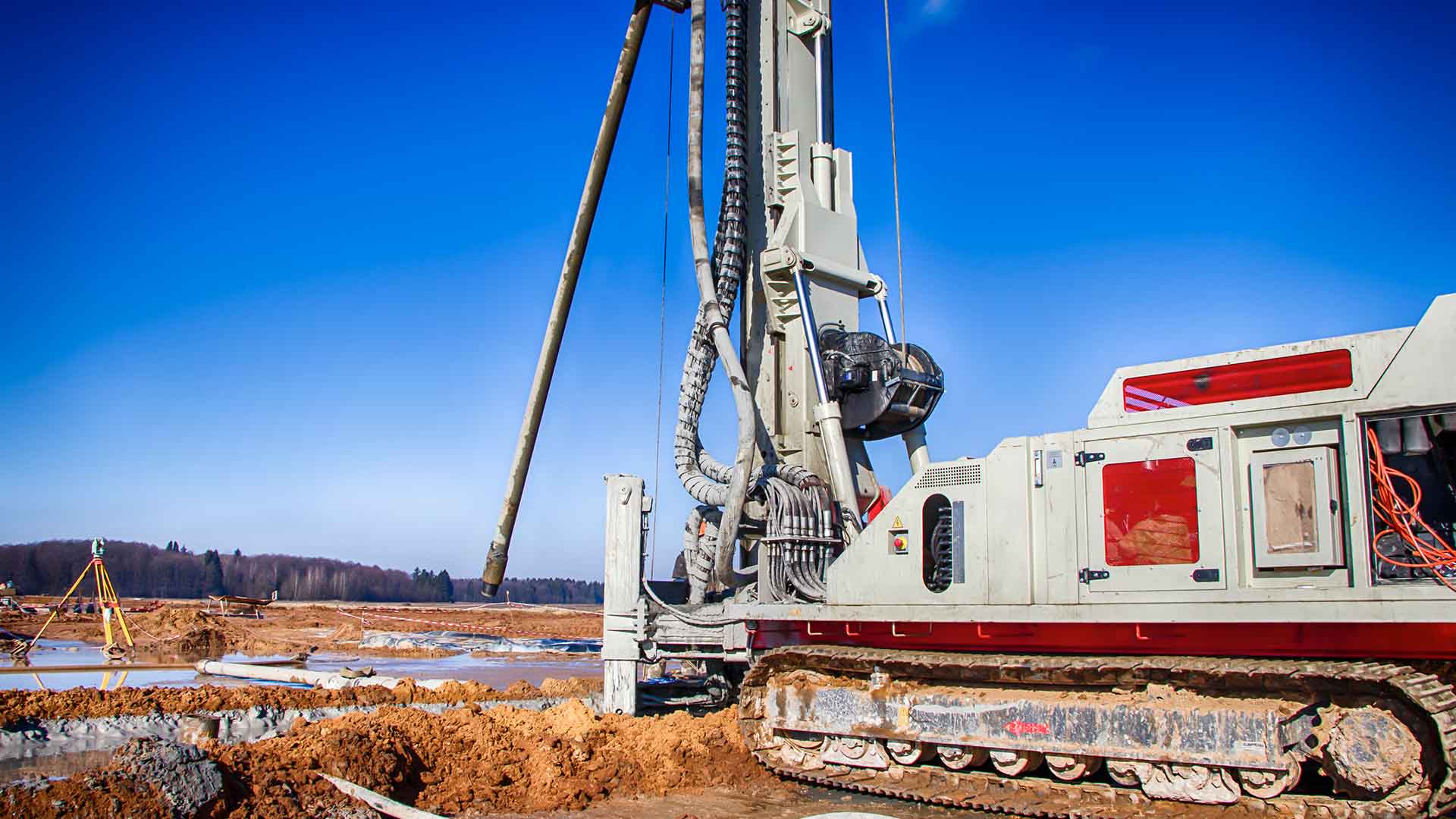One of the key aspects of the oil and gas industry is the use of vertical or horizontal directional drilling.
Engineers introduced horizontal directional drilling (HDD) in the 1960s by installing a gas line with an air gun.
This trenchless form of drilling has become one of the fastest-growing energy sources. If you read on, you’ll learn why and can pursue a job as an HDD operator.
What Is Horizontal Directional Drilling?
In the construction and energy sectors, HDD is a popular drilling technique. This technique creates a tunnel for crews to install underground utilities like sewer, water, and gas lines. Unlike conventional drilling, HDD doesn’t require trenches or open-cut excavation pits.
It has become the most accurate pipe installation method, with accuracy ranging from 0.01 to 0.04 degrees.
HDD is less invasive than traditional methods, requiring only small launching and receiving pits. It also puts the operators in less danger. After setup, operators drill remotely, using tracking technology to ensure accuracy.
The Three Phases of HDD
Horizontal directional drilling follows three main steps, no matter the purpose of the hole
1. Creating the Pilot Hole
After designing the plan, flexible drill rods are pushed into the ground to create the pilot hole using bentonite.
Although the drill head will be what cuts the ground, the bentonite mixture will keep the equipment cool, carry away cuttings, stabilize the tunnel, and reduce friction.
The drill operator will steer the drill head while others monitor its progress. This will ensure that the drill doesn’t wander off-path or into other utilities that may be buried underground.
2. Reaming the Hole
After drilling the pilot hole, the operator replaces the drill head with a reaming head.
This specialized equipment follows the original path and widens the hole to allow the pipeline or utility to be pulled through. The operator also pumps more bentonite to further stabilize the hole.
3. Pipe Pull-through
When the hole has been widened and strengthened, the pipeline is pulled through and successfully installed.
Benefits of HDD
There are many benefits to using HDD over other directional drilling options.
- The inaccessible becomes accessible: Running a waterline under the sea at 85 meters and 4500 meters offshore is now possible. Drilling under or around these areas can avoid boundaries and hidden utilities.
- Minimal surface destruction: HDD is trenchless and eliminates the need for excavations that require restoration.
- Speed: Instead of opening up the ground the entire length of the pipeline being installed, two quick excavations are needed, one at each point.
- Safer installation: HDD is a safer drilling method requiring fewer workers and no open trenches.
- Less expensive: The setup and teardown require fewer workers. There are no trenches to dig; just two small work sites and minimal surface digging make HDD more cost-effective than trench digging.
HDD Challenges
Although HDD has many advantages over traditional trench drilling, a few challenges come with trenchless digging.
- Geological conditions: Gravel or cobblestone can make drilling the pilot hole difficult as the borehole refuses to stay open with such slippery material. While these geological conditions are not a deal breaker, they can make drilling more challenging.
- Layout area: Workers don’t lay the pipe piece by piece into a trench; they lay it out in its entirety before pulling it through the widened hole. Laying out a long section of pipe takes up space that may be at a premium. Many drillers overcome this obstacle by laying the pipe in sections and then affixing them afterward.
- Installation times: The pull-through of the pipe has to be completed in one pullback rather than being broken up into multiple sections.

The Average Day of a Horizontal Directional Driller
No two energy workers have the same day at work.
A horizontal directional driller’s job can vary from the scope of work, where they’re employed, and their experience level and job title. These factors can also affect what they are paid and the time they work versus time off.
Environment
Like other directional drillers, HDD operators work on land and offshore, outdoors, and anywhere they need to connect two vertical drill holes.
It can also be done almost anywhere in the world, and many overseas positions offer benefits packages and plenty of time off to return home and visit.
Life on a rig offshore or at a camp onshore can be difficult with extreme weather conditions and a lot of physical work over long shifts of eight to sometimes as long as 14 hours.
In Northern camps such as those in Northern Canada, work is often prioritized for when the weather cooperates. However, inclement weather like snow, ice, and wind may not be enough to halt operations completely.
However, conditions in camps are always improving as more purpose-built accommodations are built to house workers and nearby towns expand to support them.
Remote Working and AI
Technological advancements and AI software involvement, now let operators perform HDD from home or a remote center. Instead of physically moving and guiding the borehead, the driller connects to the AI system on the rig that collects the necessary data about the drill site.
The AI system provides the extraneous data the remote driller doesn’t have about their surroundings so they can use it to inform their movements.
They then control the working mechanisms, such as the borehead, and follow the path to drill the pilot hole and operate the pull-through.
The software offers several benefits, including increased consistency, precision, and scalability, despite requiring fewer on-site personnel.
Responsibilities
The primary responsibility of an HDD operator is to operate a horizontal drill at the job site.
However, HDD operators may also be responsible for operating additional construction equipment, such as mini excavators, forklifts, boom trucks, cable pullers, diggers, and hydro vacs.
They are also responsible for assisting the directional drilling operator in various drilling activities, such as ensuring that planning, monitoring, and drilling are done safely and correctly.
Other responsibilities include:
- Service and safety checks on equipment
- Minor repairs
- Laborer duties
- Read blueprints
- Organize excavation resources and materials
While the main responsibility is to the HDD equipment, drillers are expected to help out with other tasks when necessary.
Turning HDD into Your Career
The horizontal directional driller is one of the best compensated roles in the petroleum sector because of the technology’s ability to help reverse the decline in domestic oil production.
Salaries for HDD operators with several years of experience can be $150,000 – $200,000 annually, but these jobs require extensive mobility and long periods away from home.
As HDD job openings increase, more people are arriving to fill those spots, or people in entry-level positions are training to take them.
Whether you already work in oil and gas or are looking to start it as a career, you should learn what is expected of you before you put in the work.
Education
Different companies will expect different levels of education, but secondary education is generally preferred in drilling or a related field like engineering. You should have strong math and science skills at the college level.
HDD operator positions require three to six months of formal training in college or a petroleum industry-approved training course. This is in addition to four or more years of experience in a subordinate rig crew position, such as a roughneck or drilling assistant.
Key Skills
- Communication skills
- Managing people
- Project management
- Technical analysis
- Equipment repair and maintenance
- Troubleshooting
- Forklift experience
- Teamwork
- Math skills
- OSHA standards
Getting Experience
For more jobs in the oil and gas industry, getting experience means either being hired at an entry-level position and then working up over time or graduating from a specialized college course and getting hired for that specific position.
Working as a driller on an offshore rig usually requires years of experience on land. The skills learned are transferable, and the additional stress of being away from civilization for months is unnecessary.
Many energy companies also encourage applicants to get experience with a company specializing in HDD first, learning how to drill in different types of rock and learn on different rigs.
Jobs in Horizontal Directional Drilling
There are more jobs on an HDD site than just the drill operator. Several people help with everything from tooling to steering, locating, and managing fluids while the operator uses the forehead.
If you’re interested in HDD but aren’t sure if drill operator is the right job for you, consider looking into a position as a:
- Steering hand: provides steering coordinates to the operator to ensure that the pilot bore is put in the right place.
- Rail laborer: Feeds wirelines through each section of the drill rod and makes all the necessary connections.
- Mud engineer: makes sure that the drilling fluid mixture is correct for the composition of the drill site. They test viscosities and measure the weights of mud and sand levels.
Numerous positions are also available for people who support the drilling operations, including crews to prep the site, welders, and vacuum excavator operators.
Conclusion
HDD is an efficient, cost-effective, and safe way to install pipelines. It is quickly becoming another career option in the energy sector and offers remote possibilities.
If you have strong mathematical skills, an interest in the oil and gas side of the energy sector, and don’t mind working in remote locations, HDD might be a career for you.
If not, there are plenty of other career opportunities. Consider investigating other energy jobs at EnergyJobSearch.com.
















